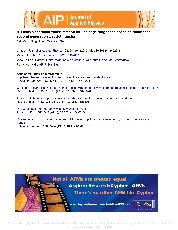摘要
We introduce a multiscale characterization method for line edge roughness (LER) based on redundant second generation wavelet transform. This method involves decomposing LER characteristics into independent bands with different spatial frequency components at different scales, and analyzing the reconstructed signals to work out the roughness exponent, the spatial frequency distribution characteristics, as well as the rms value. The effect of noise can be predicted using detailed signals in the minimum space of scale. This method was applied to numerical profiles for validation. Results show that according to the line edge profiles with similar amplitudes, the roughness exponent R can effectively reflect the degree of irregularity of LER and intuitively provide information on LER spatial frequency distribution.
